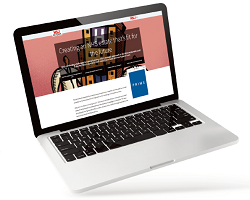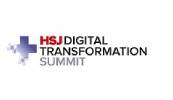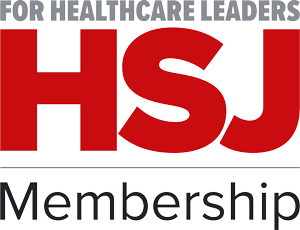We’re at a turning point in the NHS. After years of pilots, remote monitoring is beginning to take hold at scale.
In Frimley, hospital admissions have fallen by 40 per cent, freeing almost 1 million bed days. In Dorset, more than 14,000 people with hypertension are now monitored from home, leading to faster treatment and a lower risk of heart failure and stroke.
Sponsored and written by
These successes point to a wider shift. One where digital tools, shared data and clinical pathways are converging to create a more proactive model of care. The question now is how to turn that early momentum into a sustainable, population-wide approach.
Evidence that scale is possible
NHS systems are proving that remote monitoring can scale. In Airedale, 99 per cent of patients with COPD have remained safely at home through remote monitoring, saving the system around £1m in hospital costs. In Bexley, data integrated into population health dashboards has contributed to a 19 per cent reduction in accident and emergency department attendances. Both examples point to the same principle: outcomes improve when information, technology and clinical teams are aligned around prevention.
The challenge now is sustaining that progress. Translating local success into population-wide transformation remains difficult. Many programmes still rely on motivated clinical teams, short-term funding and local integration workarounds. Without stronger system foundations, even the best pilots struggle to grow.
Why integration is the key to scale
What’s needed is a more connected model, linking remote monitoring with shared care records, population health analytics and day-to-day clinical workflows. When those elements work together, monitoring data becomes part of the wider picture of patient care, enabling earlier intervention and a more preventive approach at scale.
For example, integrations between remote monitoring platforms and shared care/population health systems, such as the Graphnet-Luscii approach, surface home readings inside the record and workflow, reducing switching and duplication. The goal is to make digital care routine rather than an addition.
As Jonathan Lewis, managing director at Luscii, explains: “Using remote patient monitoring as part of a connected digital system will help improve outcomes for millions of patients, as care more accurately and quickly responds to changes in the patient’s condition.”
From reactive to preventive: The new care model
As integration deepens across systems, the next step is consistency and scale. The most successful integrated care systems follow a clear path: start with a focused condition such as heart failure or hypertension, prove the approach, then expand to other pathways and neighbourhoods.
Each new phase builds on the same foundations of shared data, clinician engagement and trusted technology, so that remote monitoring becomes part of how care is delivered, not a standalone project.
The real opportunity lies in mass adoption, creating a model that can onboard thousands, and eventually millions, of patients safely into digital care at home. Sustainable transformation depends on systems designed for scale, not persuasion, enabling every patient who could benefit.
When live patient data is connected to shared care and population health platforms, it creates a continuous feedback loop: identifying risk, enrolling patients, monitoring their progress and preventing escalation.
Population health analytics highlight those most at risk, while digital monitoring supports early intervention and patient self-management. The result is a model of care that connects hospital, community and home, helping clinicians act earlier and reduce pressure on acute services.
Mr Lewis has seen this pattern repeatedly: “The transformation will come when patients are onboarded automatically and at scale from a population health system on a remote monitoring platform because this will drive immediate and substantial improvements in care.”
Markus Bolton, chief executive of Graphnet, agrees: “True scale doesn’t come from standalone pilots; it comes from connected systems. When monitoring data, shared records and population analytics all work together, you create a foundation that any ICS can build on, sustainably and at pace.”
A proven path to sustainable transformation
The opportunity ahead is not to launch more pilots, but to build on what works and embed it across whole systems. With the right infrastructure, partnerships and focus, remote monitoring can become part of the NHS’s everyday practice, supporting clinicians to act earlier and support thousands of patients to stay well at home.
“The NHS has already proven remote monitoring works. The next step is scale, embedding it into population health, shared care and everyday practice.” - Jonathan Lewis, managing director at Luscii, and Markus Bolton, chief executive of Graphnet

























